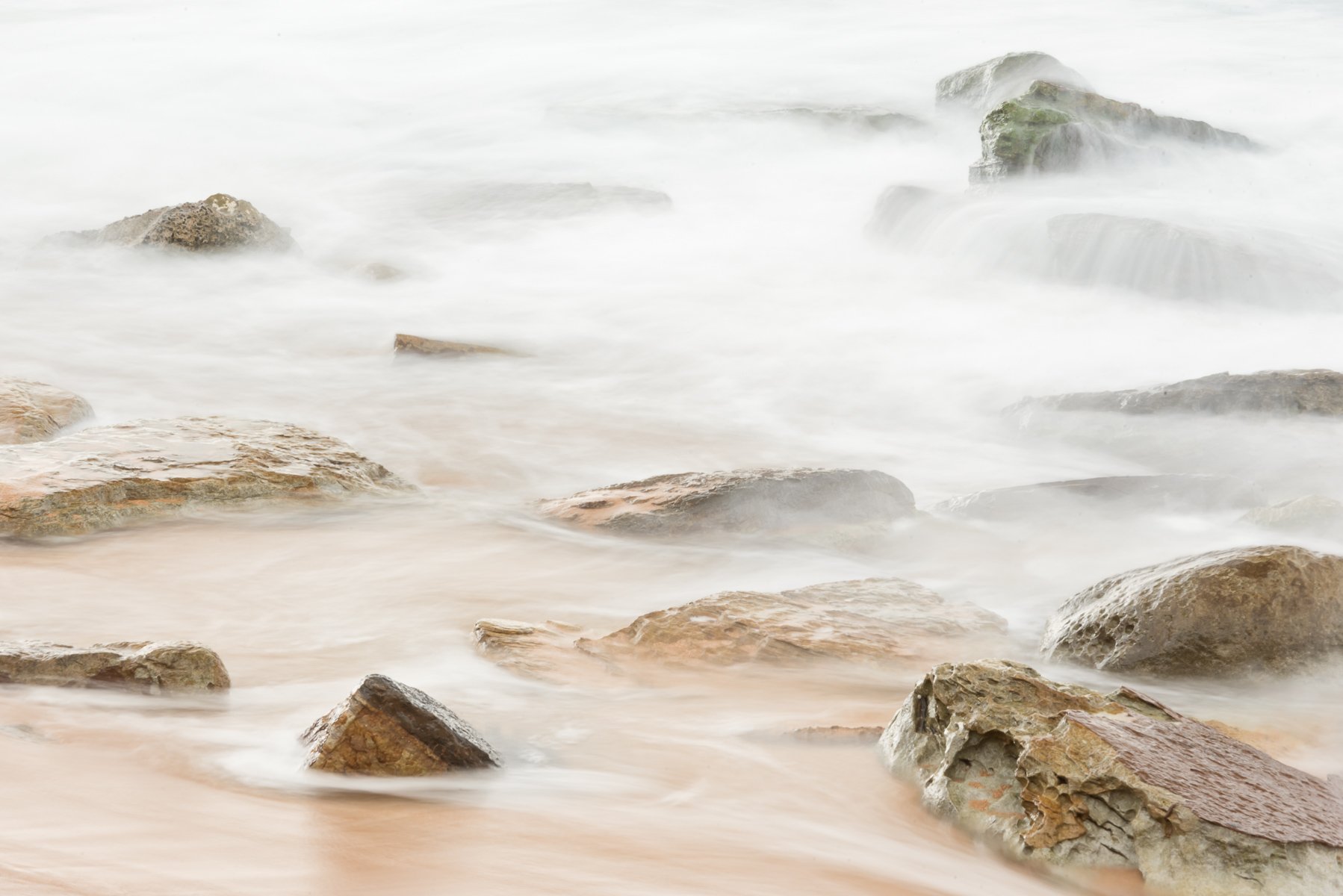Why I Love the Creative Process
Some people wonder why we artists still choose the winding, messy path of creating original art by hand when, a computer can whip up an image in mere seconds. Technology is racing ahead, but let’s be honest—there’s nothing quite like the wonder of making art the traditional way.
In our fast-paced, digital world, we often hear voices like Bill Gates celebrating a future where machines do almost everything, leaving us humans with extra time—or so they say. But personally, I’d rather spend the moments that make up my days and years exploring the infinite realms of creativity than sit back and watch robots take over. With a universe full of inspiration and endless blank paper and canvas waiting to be filled, boredom is not something likely to enter my world any time soon!
For me, the joy is found not in the final painting, drawing, print, or photograph, but in the creative process itself. Every brushstroke, every sketch, even the “failed” pieces that are never shown to others, are valuable steps on my journey as an artist. These explorations teach me what resonates and what doesn’t, helping me to express my unique experiences and communicate visually.
Art, in its raw form, helps both the creator and viewer to heighten their senses. It’s about opening our eyes and hearts to the extraordinary hidden in plain sight in everyday life. And when we share our creations, we invite others to experience our unique perspective—even if just for a moment. I hope that people will be tempted to linger a while in ‘my world’ and enjoy the beauty that is all around us. That connection, that spark of understanding between souls, is what makes art so special and unique to humans.
There’s something undeniably satisfying about the tactile experience of mixing luscious oil paints on a canvas, or the soft feel of charcoal on paper—a reminder that we’re part of a long, unbroken chain of human expression. Even modern pursuits, like digital photography, have a meditative quality. You can easily lose hours peering through a camera lens, revealing beauty in the mundane.
Yet here we are, in the age of AI. It’s pretty wild to see a computer generate a digital masterpiece in a flash—a creation that might take us hours to create after many years of practice. And while these AI-generated works can be impressive in their technical precision, I can’t help but wonder: Will they evoke the same lasting connection as art that comes from human hearts and hands?
After all, our world is constantly bombarded with images— The average adult living in Australia sees between 4,000 and 6,000 still images in a day. Only around 5-10% of these are original artworks, illustrations, drawings or photographs of human-made art. Perhaps, in this oversaturated digital landscape, our original art becomes even more precious.
In a time when we all crave genuine connection, nothing compares to the raw, unfiltered emotion that a handmade piece can offer. Even photographs of original artworks are pale representations. How many times have you set the gallery alarm off by peering too closely at the thick paint on a canvas?
So, while AI might revolutionise many aspects of our lives—I’m sure I’m not alone in wishing it could handle the housework, admin, or even grocery shopping, freeing us up for more creative pursuits—I don’t want it doing my art for me! I’d much rather spend my hours immersed in the tactile joy of making it even if it is an antiquated, inefficient way to work. It’s not just about the final product; it’s about the soul, physical experience, struggles and joy behind every piece.
In the end, art is a deeply personal language—a way of sharing our experiences, thoughts, and emotions with others. No machine, however fast or technically brilliant, can capture the full spectrum of the human soul and creativity. And that, to me, is why the creative process remains a joyful, irreplaceable adventure in our increasingly digital age.
So here’s to embracing the journey, celebrating every imperfect sketch and wild brushstroke, here’s to messy hands, smudges of paint on one’s face and knowing that the true value of art lies in the heart behind its creation.









